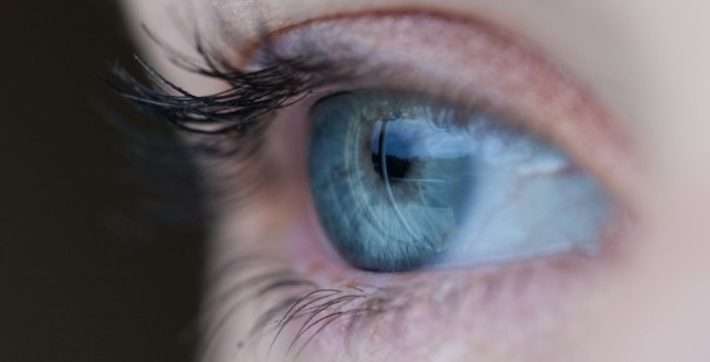There for Each Other: Premature Twins Can't Stop Holding Tiny Hands
Born nearly three months early, this brother and sister are best friends already, reaching out for one another whenever they're nearby.

Wishing on a star is one of the most magical rites of childhood:
"Star light, star bright, The first star I see tonight— I wish I may, I wish I might, Have the wish I wish tonight."
But for one little Canadian boy named Sam, that simple activity was beyond his reach. That's because 8-year-old Sam couldn't see the stars.
Sam suffers from the rare disorder retinitis pigmentosa, a form of progressive blindness caused by genetic retinal degeneration that results from mutations in the RPE65 gene.
"You lose perception of light," Dr. Elise Heon, of Sick Kids Hospital, explained to CTV News. "You end up in darkness and [it's] slowly progressive, it's relentless, your visual field shrinks and shrinks and shrinks and shrinks."
Sam's sight was extremely limited, especially at night. Images most people take for granted—the stars, an airplane streaking across the sky, or even our own shoes—were beyond the scope of his vision. Until recently, there was no effective treatment for his condition.
"Star light, star bright, The first star I see tonight— I wish I may, I wish I might, Have the wish I wish tonight."
But for one little Canadian boy named Sam, that simple activity was beyond his reach. That's because 8-year-old Sam couldn't see the stars.
Sam suffers from the rare disorder retinitis pigmentosa, a form of progressive blindness caused by genetic retinal degeneration that results from mutations in the RPE65 gene.
"You lose perception of light," Dr. Elise Heon, of Sick Kids Hospital, explained to CTV News. "You end up in darkness and [it's] slowly progressive, it's relentless, your visual field shrinks and shrinks and shrinks and shrinks."
Sam's sight was extremely limited, especially at night. Images most people take for granted—the stars, an airplane streaking across the sky, or even our own shoes—were beyond the scope of his vision. Until recently, there was no effective treatment for his condition.
Now, however, thanks to a new form of gene therapy, many patients, including Sam, are seeing huge improvements in their eyesight. The science behind the protocol is impressive.
After being modified with a healthy copy of the gene, an inactivated virus is injected directly into the retina. (Each eye is injected only once.) The healthy gene then goes to work, enabling cells to produce a protein that converts light into electrical signals, which in turn, facilitates improved vision and prevents further progression of the disease.
The targeted gene therapy protocol, developed in the U.S., was recently green-lit for use in Canada, but with Sam's sight failing, he and his mom, Sarah Banon, traveled to America last year to get him treatment.
Within a week's time, Banon began to notice progress and says Sam's condition has continued to improve over the course of the year since he underwent the procedure.
For the thousands of Canadians at risk of blindness, eight-year-old Sam is a beacon of hope.@CTV_AvisFavaro has the exclusive details on the first Canadian to be treated with gene replacement therapy for a rare form of blindness.
— CTV National News (@CTVNationalNews) October 15, 2020
Full story: https://t.co/labGkLOCCM pic.twitter.com/0Ydjc6velV
For the thousands of Canadians at risk of blindness, eight-year-old Sam is a beacon of hope.@CTV_AvisFavaro has the exclusive details on the first Canadian to be treated with gene replacement therapy for a rare form of blindness.Full story: https://t.co/labGkLOCCM pic.twitter.com/0Ydjc6velV
She reports her son has gained incredible confidence. He dresses without help. He's able to see, even when it's dark, and he no longer requires lights on when it's cloudy outside.
"Now he is able to function as a normal child," she told CTV. "This is a story of hope… A child told ‘it is what it is,' and now, when he looks up at night, he can see stars."
And when Sam wishes on those stars, he'll know in his heart that sometimes, wishes really can come true.
Cure Your Friends Of Negativity By Sharing The Good News To Social Media…
Be the first to comment